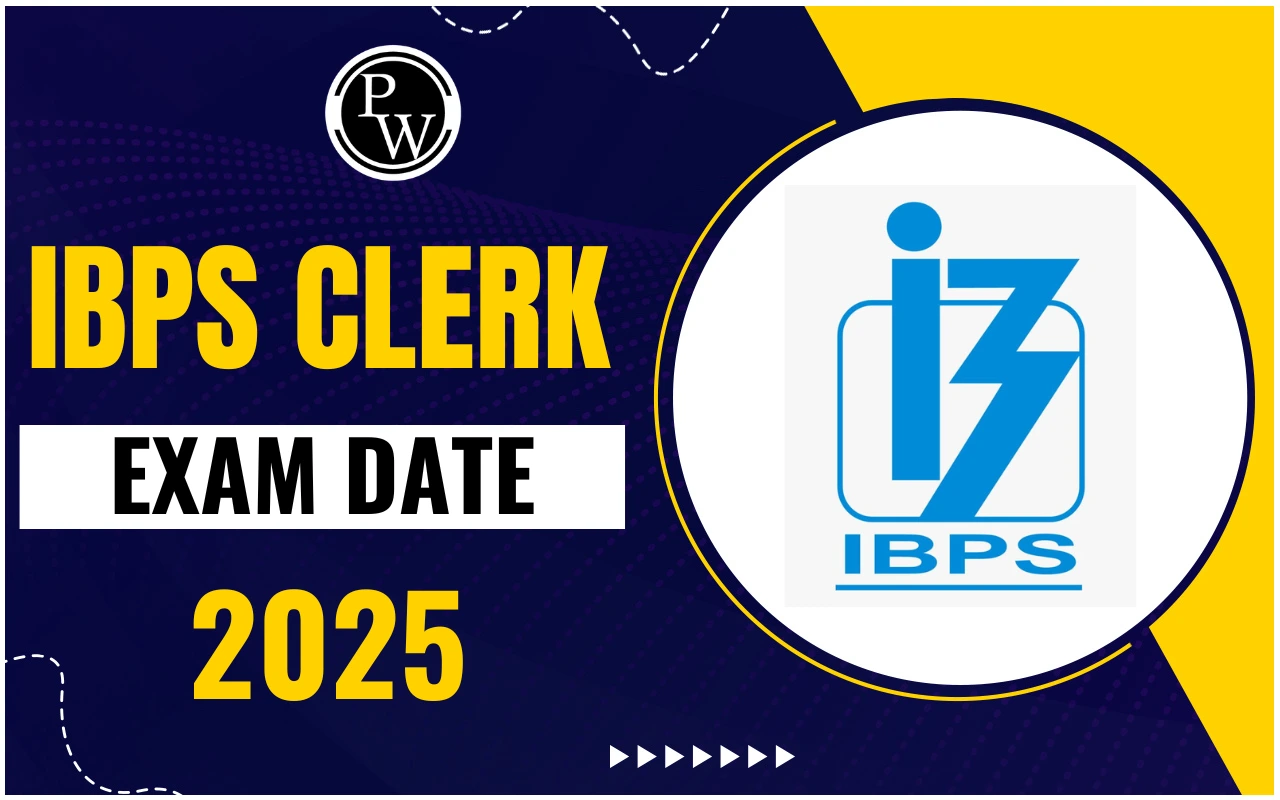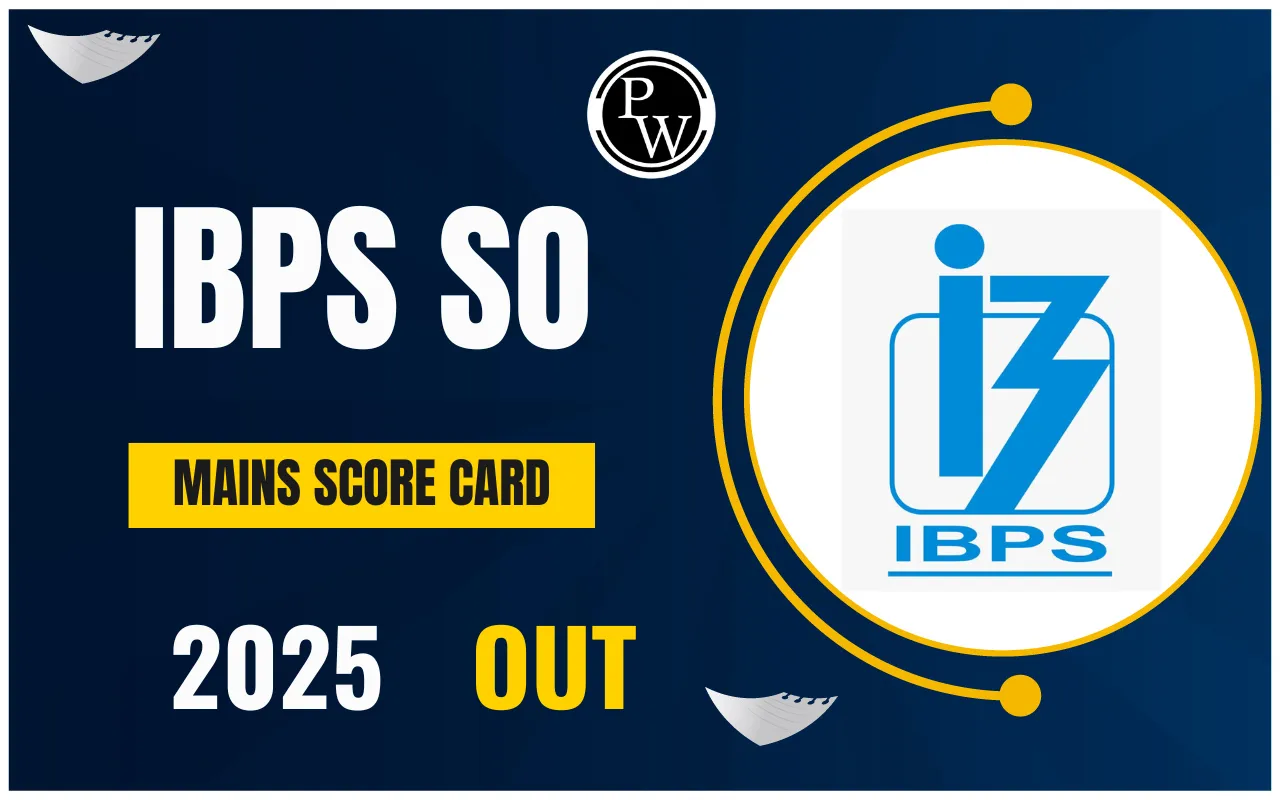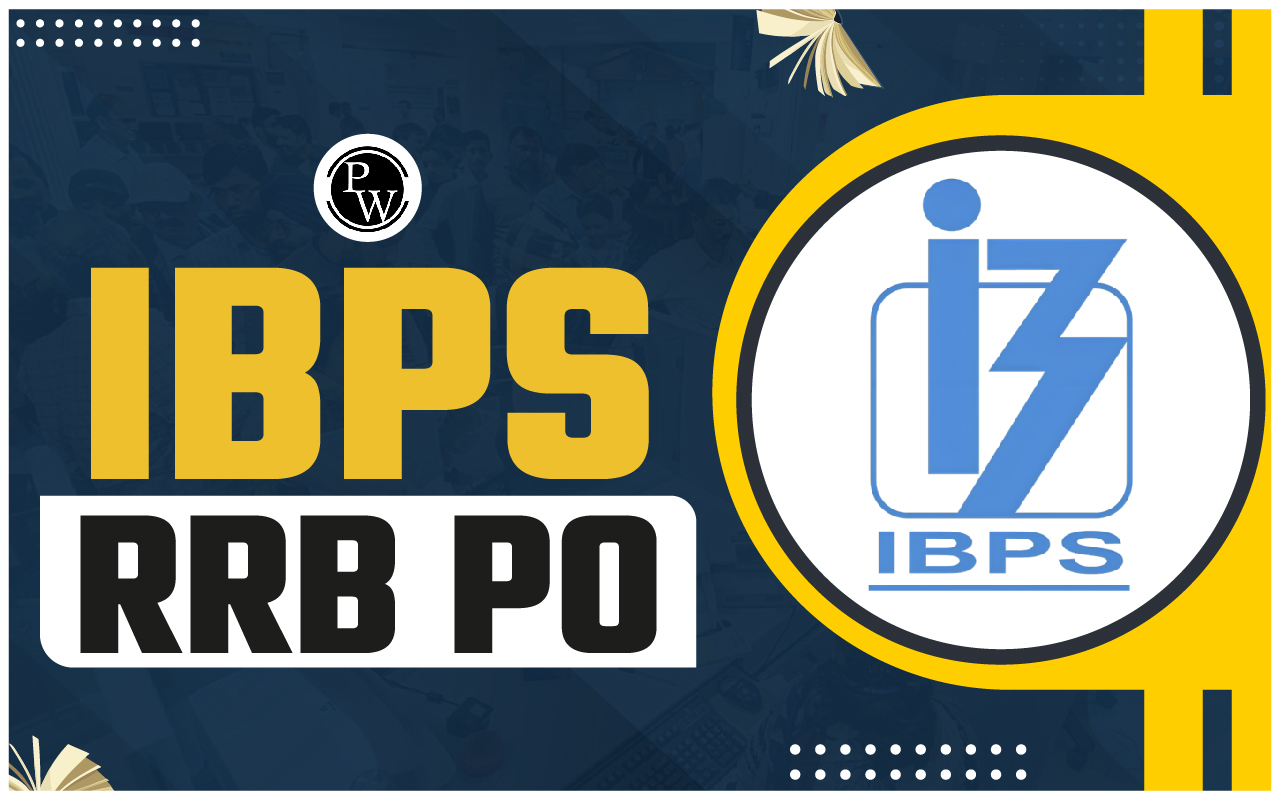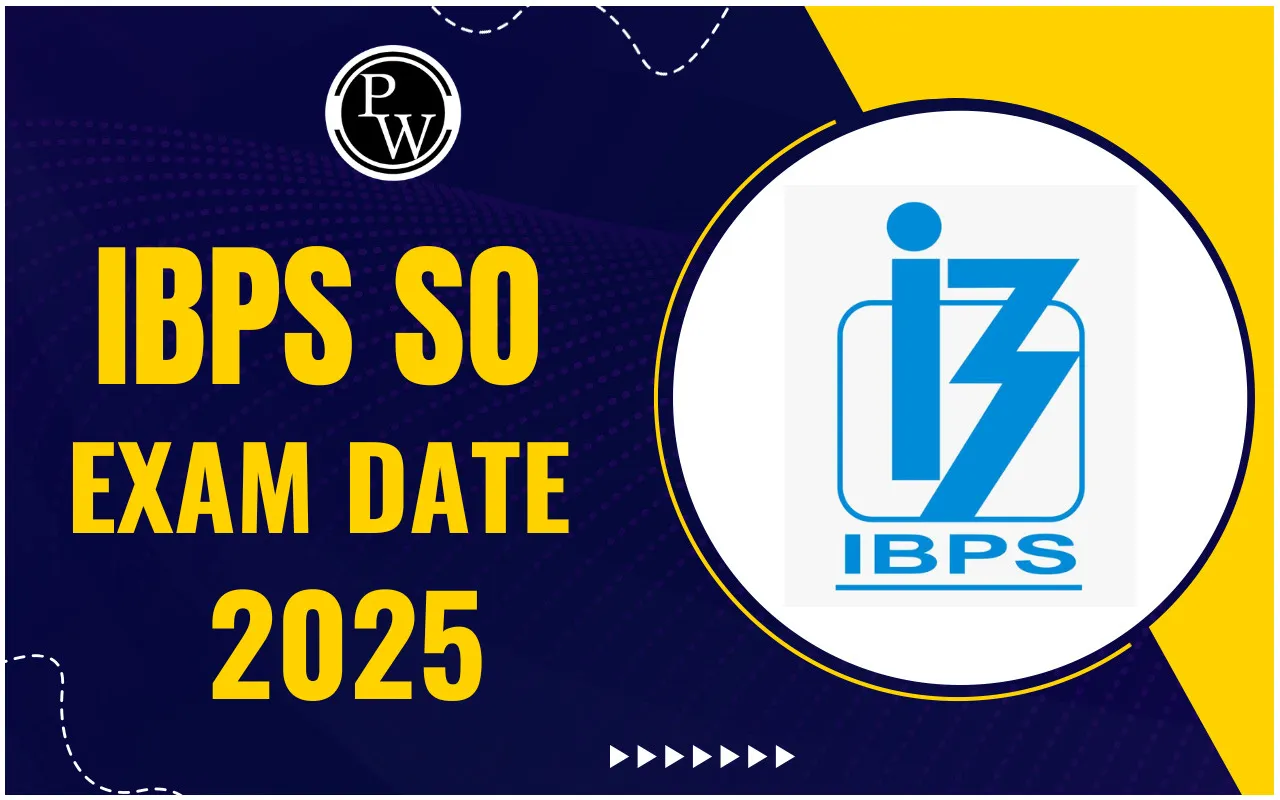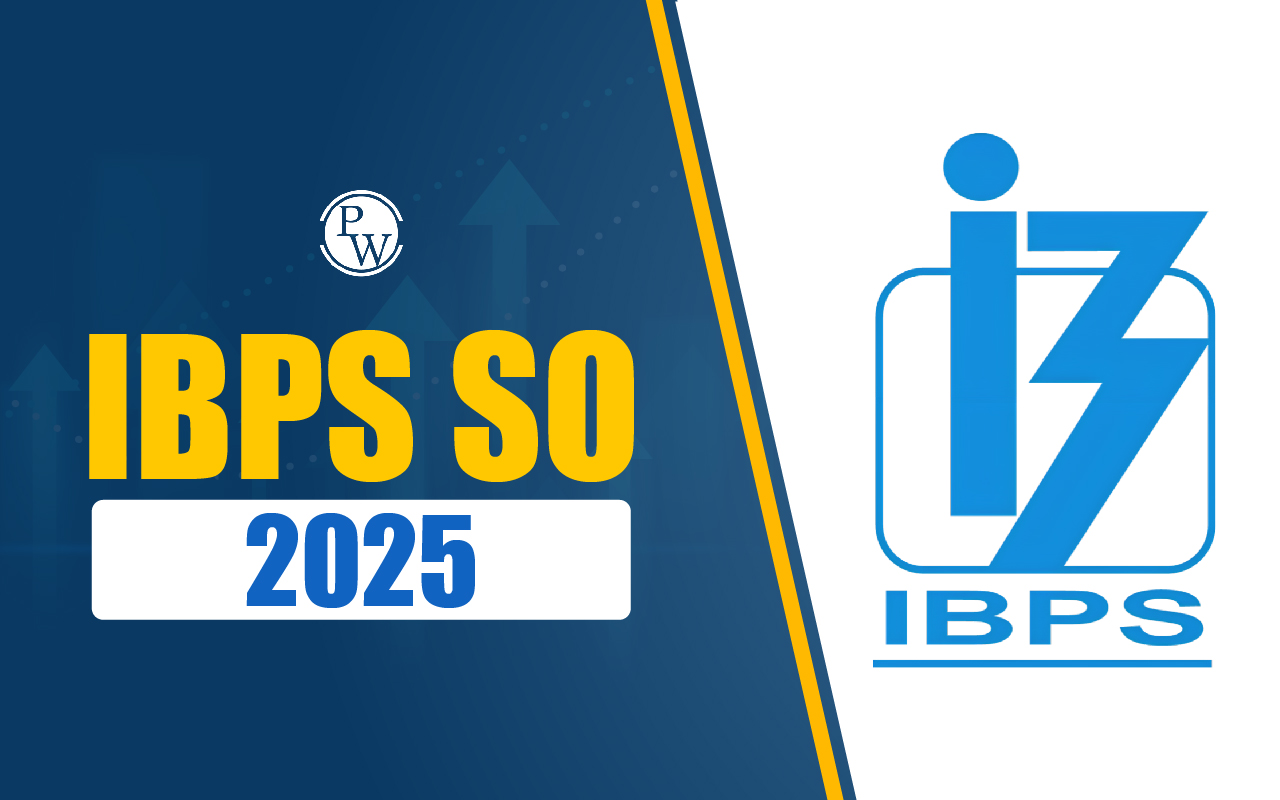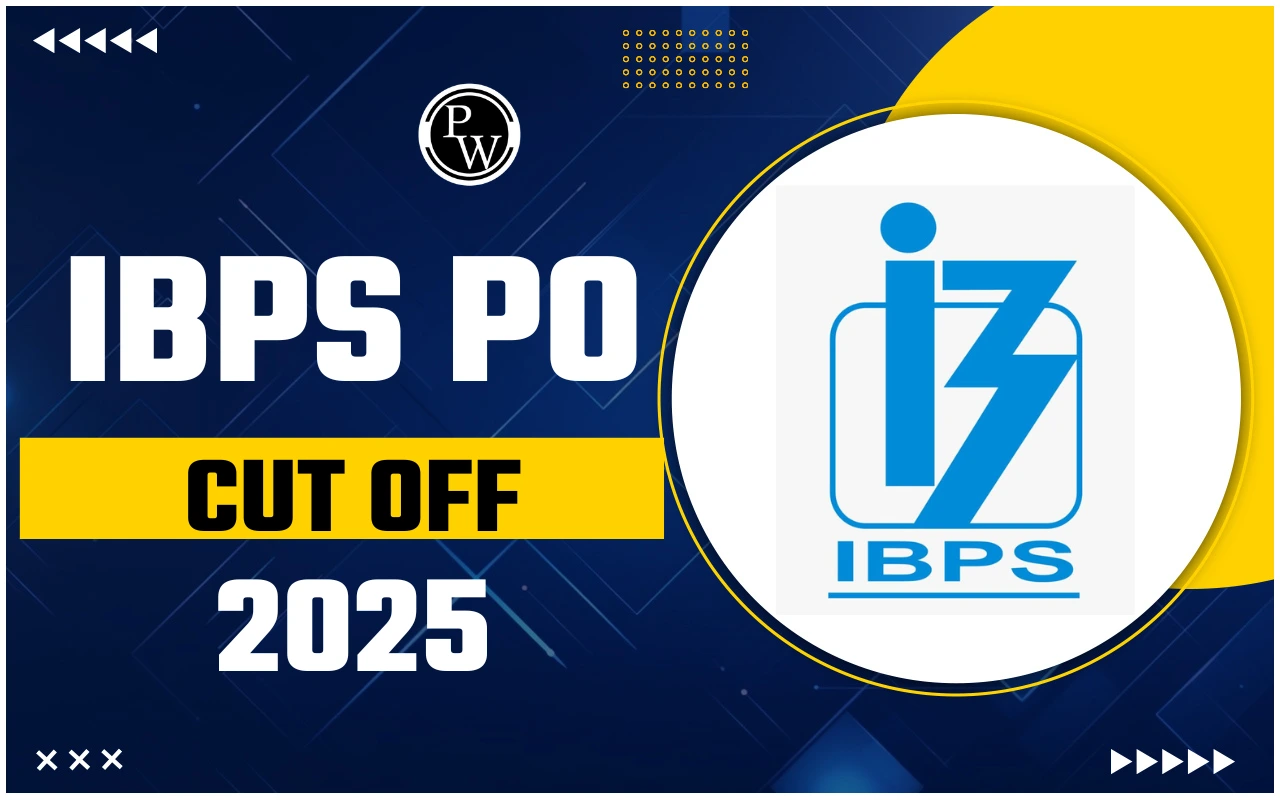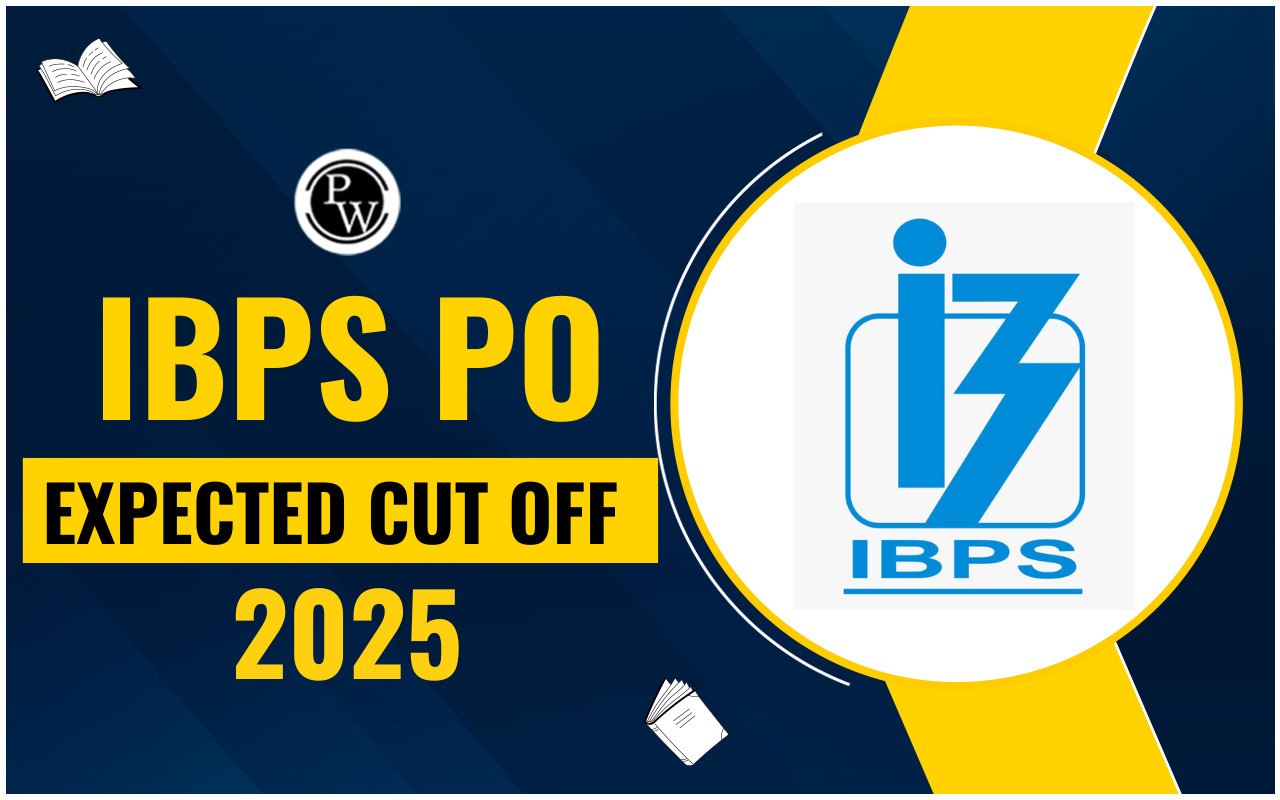

Probability
Probability questions are a frequent component of bank exams, testing both fundamental concepts and application skills. Probability is a key topic in the quantitative aptitude section of major bank exams such as SBI PO, IBPS PO, RBI, SEBI, NABARD, and others.
Ideally, 2 to 3 Probability questions are asked in IBPS RRB PO and Clerk exams, making it an important area to master for scoring well.
Probability for IBPS RRB Clerk and PO
Probability Questions in IBPS RRB PO and Clerk examinations cover a wide range of topics, from fundamental ideas like the calculation of simple events to more complex ones involving several events, permutations, and combinations. In order to succeed in this course, it is necessary to understand fundamental concepts like conditional probability, independent and dependent events, and formula application.
In mathematics, probability is a measure of the likelihood or chance that a particular event will occur. It is quantified as a number between 0 and 1, where:
-
000 indicates that an event will not occur.
-
111 indicates that an event will certainly occur.
Key Concepts of Probability
- Experiment: An action or process that leads to one or several outcomes. Examples include rolling a die, flipping a coin, or drawing a card from a deck.
- Outcome: A possible result of an experiment. For example, when rolling a die, the outcomes are the numbers 1, 2, 3, 4, 5, and 6.
- Sample Space (SSS): The set of all possible outcomes of an experiment. For a single die roll, the sample space is {1,2,3,4,5,6}.
- Event (E): A subset of the sample space. An event can consist of one or more outcomes. For example, getting an even number when rolling a die is an event that includes the outcomes {2,4,6}.
Probability Formulas
The probability of an event E is given by:

So basically if the answer is negative then there is a percentage decrease.
Types of Probability
1. Theoretical Probability: Based on reasoning and the nature of the experiment. It is calculated by considering all possible outcomes.

2. Experimental (Empirical) Probability: Based on actual experiments or historical data. It is calculated as the ratio of the number of times an event occurs to the total number of trials.

3. Axiomatic Probability: Based on a set of axioms or rules. The axiomatic approach to probability, introduced by Andrey Kolmogorov, defines probability using a set of axioms that apply to a probability space.
Basic Properties of Probability
1. Non-negativity: For any event E, P(E)≥0.
2. Normalization: The probability of the entire sample space S is 1.
P(S)=1
3. Additivity: For any two mutually exclusive events E1 and E2,
P(E1∪E2) = P(E1) + P(E2)
Weightage of Probability Questions in Banking Exams
Probability usually accounts for about 2 to 5 questions in the quantitative aptitude section. This can translate to roughly 5-10% of the total questions, depending on the overall number of questions in the exam.
IBPS RRB PO and Clerk Probability Questions Video Link
In the below video you will be provided comprehensive details for Probability sections for the IBPS RRB 2025 exam along with the concepts, formulas and some questions with proper solutions. The Probability section is highly scoring and easy to understand, click on the below-provided link to get concept clarity of Probability Questions for IBPS RRB PO and Clerk Exam in One Shot from basic to advance.
Probability Solved Questions
Q1. Consider a fair six-sided die. The sample space S is {1,2,3,4,5,6}. The probability of rolling a 4 is:

Q2. What is the probability of rolling a sum of 7 when two six-sided dice are rolled?
Sample Space (S): The total number of possible outcomes when rolling two dice is 6×6=36.
Favorable Outcomes: The combinations that result in a sum of 7 are:
-
(1, 6)
-
(2, 5)
-
(3, 4)
-
(4, 3)
-
(5, 2)
-
(6, 1)
There are 6 favorable outcomes.
Probability = 16
Q3. What is the probability of drawing a queen from a standard deck of 52 cards?
Solution:
Sample Space (S): The total number of possible outcomes is 52.
Favorable Outcomes: There are 4 queens in a deck (one for each suit).
Probability (P):
P = 4/52 = 1/13
Q4. What is the probability of getting at least one head when flipping two fair coins?
Solution:
Sample Space (S): The possible outcomes when flipping two coins are:
-
(Heads, Heads)
-
(Heads, Tails)
-
(Tails, Heads)
-
(Tails, Tails)
There are 4 possible outcomes.
Favorable Outcomes: The outcomes with at least one head are:
-
(Heads, Heads)
-
(Heads, Tails)
-
(Tails, Heads)
There are 3 favorable outcomes.

Q5. In a classroom of 30 students, 18 are girls and 12 are boys. If a student is selected at random, what is the probability that the student is a girl?
Solution:
Sample Space (S): The total number of possible outcomes is 30.
Favorable Outcomes: The number of girls is 18.
Probability (P):

Q6. A bag contains 5 red balls, 3 blue balls, and 2 green balls. If a ball is drawn at random, what is the probability that it is either red or blue?
Solution:
-
Sample Space (S): The total number of balls is 5+3+2=10
-
Favorable Outcomes: The number of favorable outcomes (red or blue balls) is 5+3=8
-
Probability (P):
Previous Year Questions Of Probability Asked In Banking Exams
1. A box contains 5 red balls, 3 blue balls, and 2 green balls. If one ball is picked at random, what is the probability that it is either blue or green?
2. Two dice are rolled. What is the probability that the sum of the numbers on the two dice is 7?
3. In a standard deck of 52 cards, what is the probability of drawing a heart or a queen?
4. A bag contains 4 red, 3 blue, and 5 green balls. If two balls are drawn successively without replacement, what is the probability that both balls are red?
5. A bag contains 6 red balls and 4 white balls. Two balls are drawn one after the other without replacement. What is the probability that both balls are white?
Probability Questions FAQs
Q1. What is the importance of Probability in banking exams?
Q2: How many questions on Probability are typically asked in banking exams?
Q3: What are some common types of Probability questions in banking exams?
Q4: How can I improve my skills in solving Probability questions?
Q5: How often does Probability appear in the overall exam pattern?
Q6. How do I handle complex Probability problems involving multiple events?



